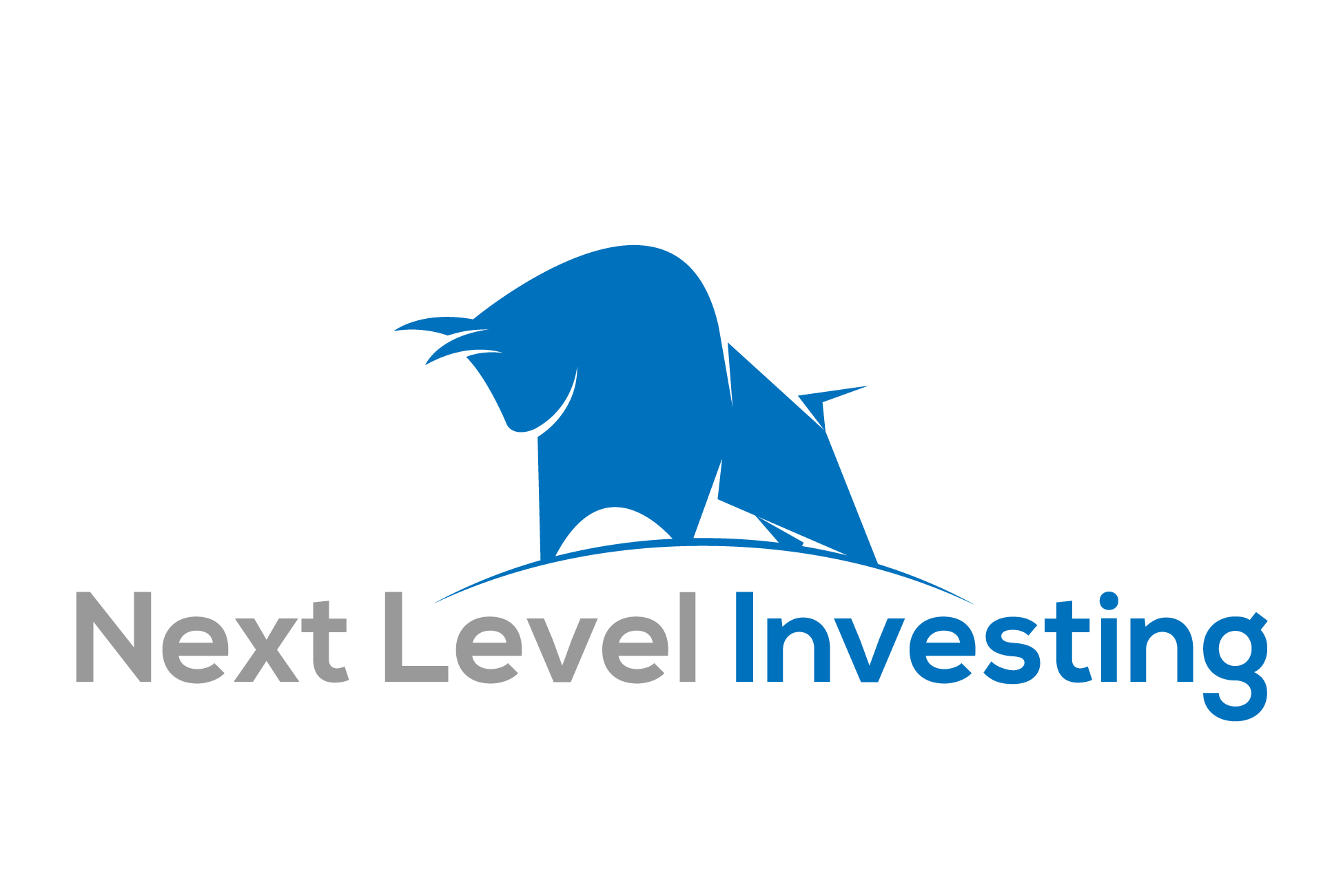
“In the investment world, discussions about share repurchases often become heated. But I’d suggest that participants in this debate take a deep breath: Assessing the desirability of repurchases isn’t that complicated.”
-Warren Buffett
Share Repurchases or Buybacks can be an amazing event for us as investors. They help to not only increase our ownership of the business, but also lead to a larger earnings per share for the company. Both of which, mind you, can be value added items for us. I also consider share repurchase as one of the three ways we can lower our basis in our investments, thus lowering our overall risk (the other two being dividends and derivatives). But, there are a few caveats we need to consider when a company is buying back its stock. Such as:
1. Are they buying back shares at a good price?
2. Are they doing it for the right reasons?
3. Where is this money coming from?
4. How much are they going to spend on the buyback program?
5. What effect does this Buyback have on me as a shareholder?
6. Is this for the shareholders? Or to artificially prop up EPS?
We need to be aware of the answers to all these questions. Otherwise we may not have the management team we want leading the company, and therefore, may be an investment we should pass on.
Here’s what we’ll cover today
1. What is a share repurchase?
2. What does it mean for us as investors?
3. Reasons for a repurchase
4. The only time a company should buy back its shares
5. How share buybacks can increase your dividend.
6. Buffett’s take on share buybacks
7. Next time: The Uber-cannibals in the market
What is a Share Repurchase?
A share repurchase is when a company uses some of its excess capital (in the form of earnings), to buy back its own stock. 95% of the time, the company buys the stock the exact same way we do; on the open market. This means that they will pay whatever the market price is to buyback shares of the stock. They then do either one of two things with that purchased stock:
1. They retire the stock, or
2. They hold the stock in a treasury, for possible re-issuance later, if needed.
One thing to note, is that when a company get’s approved for a share repurchase program, they don’t simply go out and buy all the stock at once. They usually do it over a certain period of time, and hopefully only buy the stock when its at a good value. They should treat it the same way we do when we buy a company; only when it’s at a good value for our money.
My favorite way to think of this is imagining a pizza. Let’s say there are 10 slices of pizza (shares outstanding) and 10 people own that pizza (shareholders). If one of the slices gets taken away, the pie is now smaller, and therefore, only 9 pieces are divided among the people. This gives them a larger ownership of the pizza. Where before they owned 10%, they now all own 11% of the total pie. So, hypothetically, our ownership just increased by 10%.
(11-10=1 /10 = 10%).
This is exactly how a share repurchase works. The company buys back the slices of pizza (shares), decreasing the total number of slices remaining (shares outstanding). Of course, for a business, this happens at a slower, and larger scale. The pizza (business) is much larger, with sometimes millions of slices (shares outstanding), divided among thousands of hungry owners (shareholders).
Fun fact: Until 2004, companies did not have to disclose whether they repurchased company stock or not. The SEC now requires that companies divulge their share repurchases for the past quarter in their 10-Q and 10-K filings.
What a share repurchase means for us as investors
If executed properly, a share repurchase can benefit the investor in a number of ways. The top three are:
1. Increase our ownership level and decrease our risk.
2. Increase a company's Earning Per Share and potentially the stock price (usually)
3. Increase our dividend payout.
How we can decrease risk by taking money off the table.
As I mentioned above, if we decrease the number of slices of pizza, we own proportionally more of the total remaining pizza. This is good news for us as investors. It means we own a larger piece of the business that we love, without any extra cost to us.
Let's go back to the first example for a minute… As you'll remember, one of the pizza slices has been removed, increasing our ownership to 11%. Now, If we only wanted to own 10% of the pizza, we could sell that extra 1% of ownership we received and keep the profits. If the company keeps removing slices, we can continue to sell our shares, maintaining our original ownership percentage while collecting the profits from selling. This is one way to take money off the table; if we treat this gain as a decrease to our cost basis in the company, we therefore decrease our overall risk. (Cost basis is total amount you have invested in the company, usually describe as a price per share).
Increasing Earnings Per Share through a repurchase
One of the magical things that happens when a company buys back its shares, is an increase to the businesses Earning Per Share (EPS). How does this happen? Well, EPS is a simple calculation of earnings, divided by the total number of outstanding shares. So, if a company starts to remove and consequently lower that total number of shares, the EPS number will increase. It works basically the same way as our increase in ownership. Let's run through a quick example….
Company NLI
Stock price of $10
$400 in earnings
1000 shares outstanding
EPS = $0.4 ($400/1000)
Current PE = 25 ($10/$0.4)
The NLI Company is in a fast growing industry where a PE of 25 is the norm among its peers.
Now let's say the company decides to repurchase 200 shares. What's the new PE?
Well the new EPS would be…
$400/800 = $0.5
So, that makes the new PE…
$10/0.5 = 20
Alright that’s great… but how does that help us?
Good question. Well, let's say the mean PE ratio for this company is $25. What it has done is decrease its total number of shares, and thus increased its EPS and decreases its PE ratio. So, if the stock reverts back to the mean (which all things tend to), then we would have to see an increase in stock price, causing an increase in the value of our shares.
How much of an increase you ask? Well, at what price do we get a PE of 25 again? My guess would be $12.50. Let's see if I'm right…
$12.50/$0.5 = 25
Not bad right? A 20% decrease in the number of shares through a repurchase, lead to a 25% increase in our share value. Not to mention an overall bigger chunk of the pie (increase in shareholder ownership by 2.5%).
Are you beginning to see the potential power of a share repurchase?
Share repurchases and your Dividend
I have to admit, I don’t think I ever thought of how this affects our dividend until writing this post, but I found it to be important to understand. When we decrease the total number of shares outstanding, we can see an increase in the dividend amount paid out to us as shareholders. It works in a very similar way as the EPS increase. As you may already know, a dividend program has to be approved by the Board of Directors. This program is usually set as a certain dollar amount, and can be approved for multiple years at a time. So, if the company buys back its shares, the total amount allocated for dividends will be divided among the remaining number of shares, increasing our dividend.
Quick example.
Dividend approved for $100 of earnings every quarter
1000 shares
Each shareholder receives $0.10 each quarter ($100/1000)
Or $0.40 a year
Now if the company repurchases 200 shares, what’s our new dividend? You can probably guess this number…
$100 paid to 800 shareholders each quarter is $0.125 each quarter
Or $0.50 a year.
Makes sense right?
Now you can see how decreasing the total number of shares can be extremely beneficial for us as the owners of the company. But, and there always seems to be a but… It’s important that the company is repurchasing shares properly
Company’s reasons for repurchasing stock
There are numerous reasons a company will issue a repurchase program, some of which are a bit manipulative. A repurchase is usually put in place because the company doesn’t have a better place to put its excess earnings. So, in theory, it believes that it would be best served decreasing its total share count. Here’s a few good reasons a company buys back its stock:
1. Increase EPS
2. Increase shareholder value
3. Avoiding the double taxation of a dividend
4. No better place for the money
5. Believe the company’s stock is underpriced
Here are a few of the less ethical reasons for a company to buy back its stock
1. Artificially increase EPS to meet a target (CEO may collect big incentives for doing so)
2. Floor up a falling stock by buying lots of shares at a certain price point
The only time a company should Buyback its stock
Here’s the thing. A share repurchase program can be great for us as long term investors, but there is one important caveat… A company should not always, and blindly Buyback its shares. The company needs to define a specific point of Value, at which the company can repurchase its shares. Value is the key word here. If the company doesn’t fall below the predefined metric, it shouldn’t Buyback its shares, Period.
Here’s why…
If the business blindly buys back its stock, we may get a negative return on the earnings. In other words, if the stock is overvalued, repurchasing shares would not be value accretive for us as shareholders, and we want the most value for our dollars. Simple as that.
A good guideline for a share repurchase program is they don’t buy the stock at any price above 1.20x book value. This is a simple, and powerful way to assure the best return on our equity as shareholders.
What Warren Buffet says about Buybacks
Here’s an amazing excerpt from his 2016 annual letter to shareholders:
“To recap Berkshire’s own repurchase policy: I am authorized to buy large amounts of Berkshire shares at 120% or less of book value because our Board has concluded that purchases at that level clearly bring an instant and material benefit to continuing shareholders. By our estimate, a 120%-of-book price is a significant discount to Berkshire’s intrinsic value, a spread that is appropriate because calculations of intrinsic value can’t be precise.
The authorization given me does not mean that we will “prop” our stock’s price at the 120% ratio. If that level is reached, we will instead attempt to blend a desire to make meaningful purchases at a value-creating price with a related goal of not over-influencing the market.
To date, repurchasing our shares has proved hard to do. That may well be because we have been clear in describing our repurchase policy and thereby have signaled our view that Berkshire’s intrinsic value is significantly higher than 120% of book value. If so, that’s fine. Charlie and I prefer to see Berkshire shares sell in a fairly narrow range around intrinsic value, neither wishing them to sell at an unwarranted high price – it’s no fun having owners who are disappointed with their purchases – nor one too low. Furthermore, our buying out “partners” at a discount is not a particularly gratifying way of making money. Still, market circumstances could create a situation in which repurchases would benefit both continuing and exiting shareholders. If so, we will be ready to act.
One final observation for this section: As the subject of repurchases has come to a boil, some people have come close to calling them un-American – characterizing them as corporate misdeeds that divert funds needed for productive endeavors. That simply isn’t the case: Both American corporations and private investors are today awash in funds looking to be sensibly deployed. I’m not aware of any enticing project that in recent years has died for lack of capital. (Call us if you have a candidate.)”
-Warren Buffett
Conclusion
It’s important for us to recognize when a company is repurchasing shares. After all, it makes our shares worth more as an owner. But, it’s even more important for us to know if they SHOULD be repurchasing shares. Here’s the thing... The majority of share repurchases tend to occur when the market is overvalued. You could argue that this is when the businesses are making the most money, and are therefore, looking for ways to reward the shareholders. Buying back their own stock is a simple way to do this, but management should always consider the underlying value of their business before they, or the board, approves a buyback program. And that buyback program should have strict rules for when the repurchase of shares can occur.
Thanks for reading
We’ll talk again soon.
~Ryan Chudyk~
Next time: The Uber-cannibals in the market: devouring themselves, one share at a time.
If you like that post, you’ll love my weekly emails. Sign-up today
and receive my NLI checklist as a thank you for joining.
No spam ever, just me teaching you everything I’m learning.
Click here or the Checklist below:




Leave a Reply
Get in the Conversation, Share your opinion.